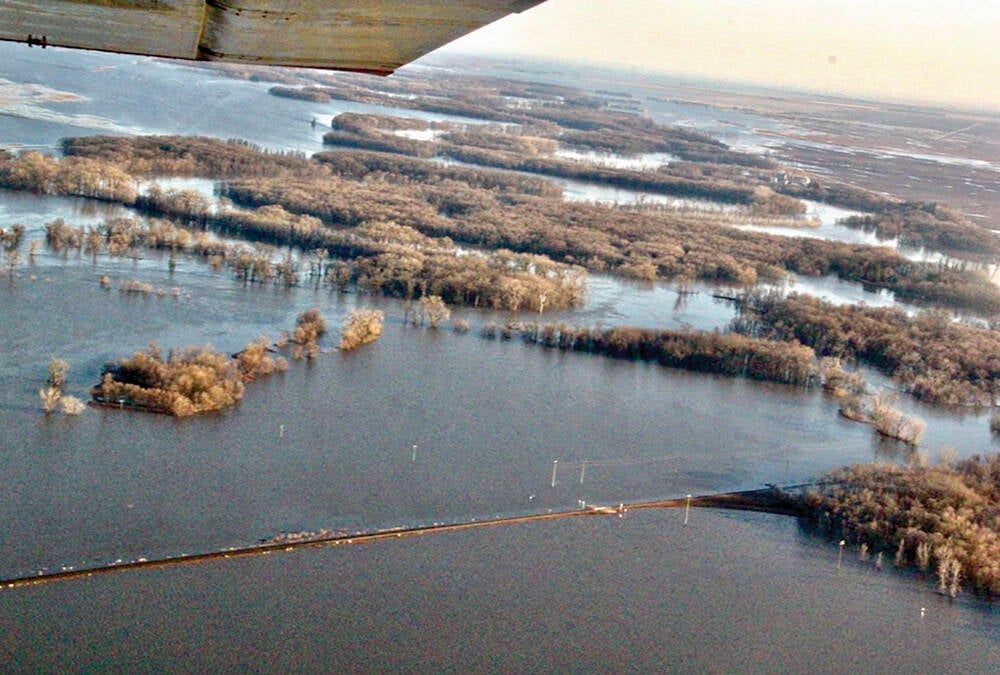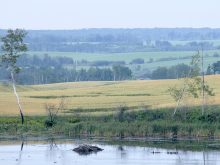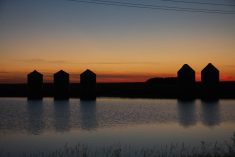In 1988, the fields were so dry Wilfred Kary used only one tank of fuel to take off 1,000 acres of crop.
When hail pummeled crops and gouged buildings last year, it reminded elders of the stories of similar storms back in 1929.
They are among the more glum memories for the Kary farm that experienced both highs and lows during its 105 year history at Allan, Sask.
From their home in town, Wilfred, with his wife, Cathy, raised six children, farmed and held various jobs from teaching to auctioneering to potash mining to trucking.
Read Also

Rural Manitoba resources slim on natural disaster planning
A study from Brandon University’s Rural Development Institute has found that many rural and small municipalities don’t have the staff or resources to make formal climate plans against natural disaster.
In April, they held an auction to disperse the farm assets. Only a quarter section remains and that, too, will be sold one day.
Wilfred’s great-grandfather, Kasper Selzler, came up from North Dakota and started the farm here in 1903, travelling by horse and wagon before the railway established two years later.
He sold a substantial land holding in the United States and bought land in Canada for $10 an acre, eventually acquiring 20 quarters.
Kasper and Katherine (Jundt) raised two children, Anton and Katherine. After his wife died, he remarried Katherine (Kraft) and raised Jacob, Julia and Ida.
They passed along land to their children as they married. Anton and his wife, Margaret, had six children, including Arnold, who eventually farmed eight quarters before selling to his brother-in-law Peter Kary, Wilfred Kary’s father.
Arnold’s sister, Anne, married Peter, who became Allan’s mayor and an auctioneer who was inducted into the Saskatchewan Auctioneeer’s hall of fame. Kary’s elders had moved from a fertile part of Russia in 1911 to Canada to avoid the Russian revolution.
Wilfred, during his farming career, farmed much of the original Selzler land.
He began in high school in the 1950s, farming five sections of land with brother Bill. Wilfred maintained a cow-calf and later bred heifer operation and achieved success showing black and red Angus purebreds.
Like the Kary farm, the Allan community experienced great change over a century as self-sufficient Hutterites moved in and bought up land and as the potash mine provided many jobs. Today, many potash miners choose to commute from Saskatoon.
Wilfred recalled mining during the low crop price years of the 1960s and getting into auctioneering in the 1980s for the same reason.
By 1990, he realized he could make more money from 50 cows than from 1,300 acres of crop land and started using his marginal land to raise cattle.
Equally profitable was the move to growing fall rye for the U.S. distillery trade.
Today Cathy and Wilfred enjoy visits with the next generation of Karys at their townhouse in Saskatoon.














